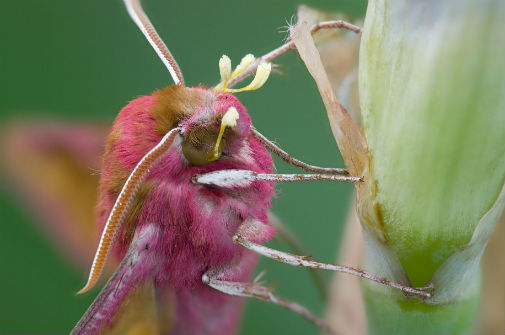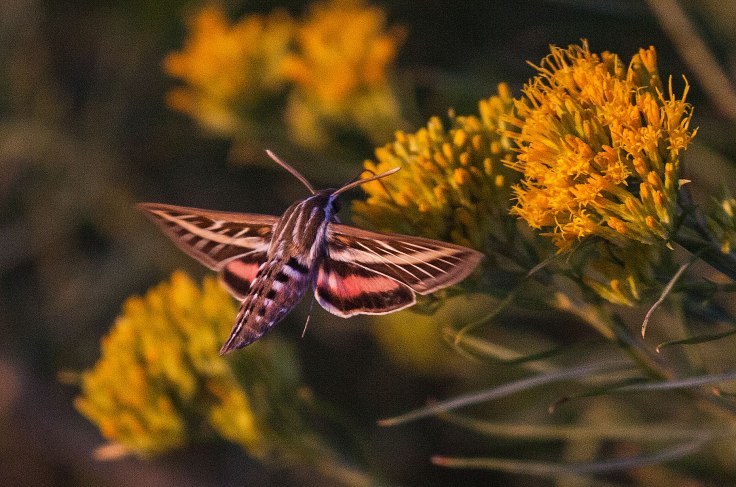Odd title, you may ask. Or you may ask nothing at all. Some people won’t even read this article, begging the question: why am I still typing? Ah, right. Yes, I shall get to the point. As you were.
So, moths. A joint study from the Universities of Hull, Newcastle and York has indicated that moths have an overlooked, yet important role in our ecology – they’re nocturnal pollinators that use the cover of darkness to bump into our lightbulbs. I mean, they use the cover of darkness to pollinate over long distances. Easy mistake to make.
Collaborating with Butterfly Conservation and the Centre for Ecology & Hydrology, the research team observed moths on an East Yorkshire farm, utilising a new pollen detection method: DNA metabarcoding. This allowed the team to identify the different types of pollen that were carried.

The study has revealed that bees (as well as other pollinating insects) are on a sort of pollination rota with moths, a day shift/night shift schedule per se. Bees take the day hours and hand over to the moths for the night hours. This suggests that plants who can be pollinated by both moths and bees may be at an ecological advantage.
Over 50% of the plant species identified were not previously known to be visited by moths. The moths carried pollen from many of the same plant species that are visited by bees, hoverflies and butterflies. Intriguing.
A lack of evidence gave us the assumption that moths aren’t beneficial to farmers, though no more. The study has shown that pollen grains from crops such as oil-seed rape, peas and the soybean were detected on multiple moths. Handy.
Dr Callum Macgregor (University of York) stated that the study “highlights the fact that we need to think seriously about the benefits of moths to plants and agricultural systems,” adding that although “bees are excellent pollinators, they will only travel within the local environment of the nest”.
Unlike bees, moths aren’t attached to a particular landscape or location. They are able to travel greater distances in order to carry out their pollination. This, potentially, could prevent inbreeding among plants.

Pollen from popular garden plants like privet and Verbena were also detected on the moths in the study. Nectar-rich flowers are often chosen by gardeners to help dwindling bee and butterfly populations, and the study suggests that moths are also likely to benefit.
Whilst it may sound boring, tedious or uneventful, by using new methods to analyse pollen allows researchers to learn more about our undervalued nocturnal ecosystems. I, for one, think more research into moths needs to be undertaken as they could prove to be even more important in preserving our ecosystem, as well as assisting in the pollination of agricultural crops.
So, the next time you see a moth flying into your lightbulb(s), just remember that it serves a greater purpose than you might realise.
The paper, published in Ecological Entomology, was made available on 17th September 2018.
Featured image @ Pollinator Partnership (minor edits @ myself)


Leave a comment